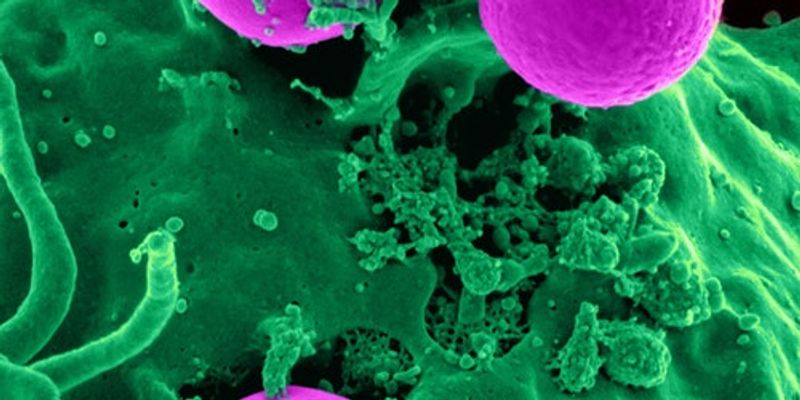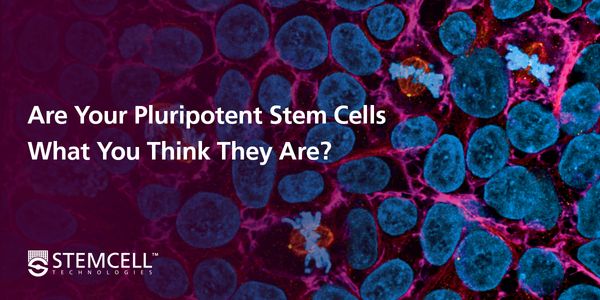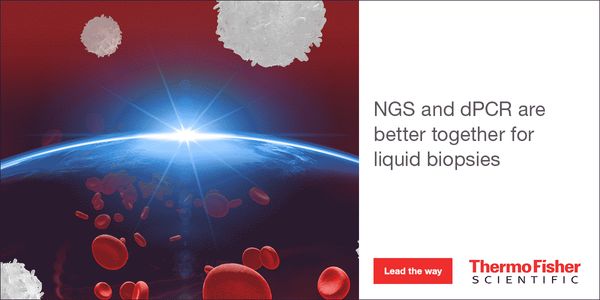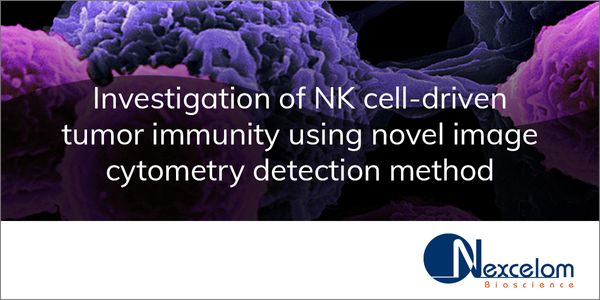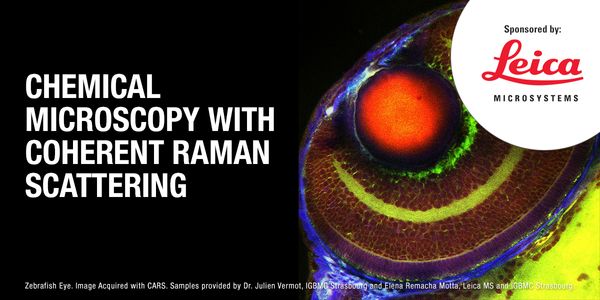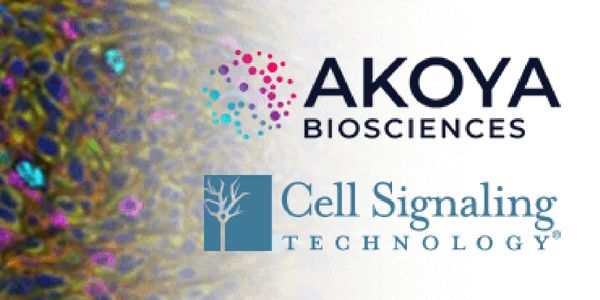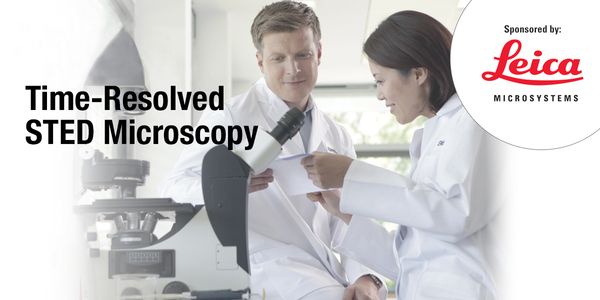Cell: is the smallest structural and functional unit of an organism, typically microscopic and consisting of cytoplasm and a nucleus enclosed in a membrane. Microscopic organisms typically consist of a single cell, which is either eukaryotic or prokaryotic.
-
This presentation is about a client-focused approach used to find an all synthetic ligand which is developed into an affinity adsorbent – followed by working with the client to develop...
Genetically-modified cell therapies are revolutionizing medicine, offering new opportunities to treat cancer patients and potentially many other diseases. The process of producing gene-modif...
There has been an increasing number of successful gene therapy clinical trials, leading to regulatory approvals of numerous gene therapy products, in particular ones based on the adeno-assoc...
Within this talk the advantages of using intensified Design of experiments (iDoE) in combination with hybrid modeling will be demonstrated. In detailed upstream and downstream showcases the...
Bioreactor modeling can inform understanding of cellular metabolism—including aspects of growth kinetics, productivity, media consumption, and metabolite secretion—and can be use...
